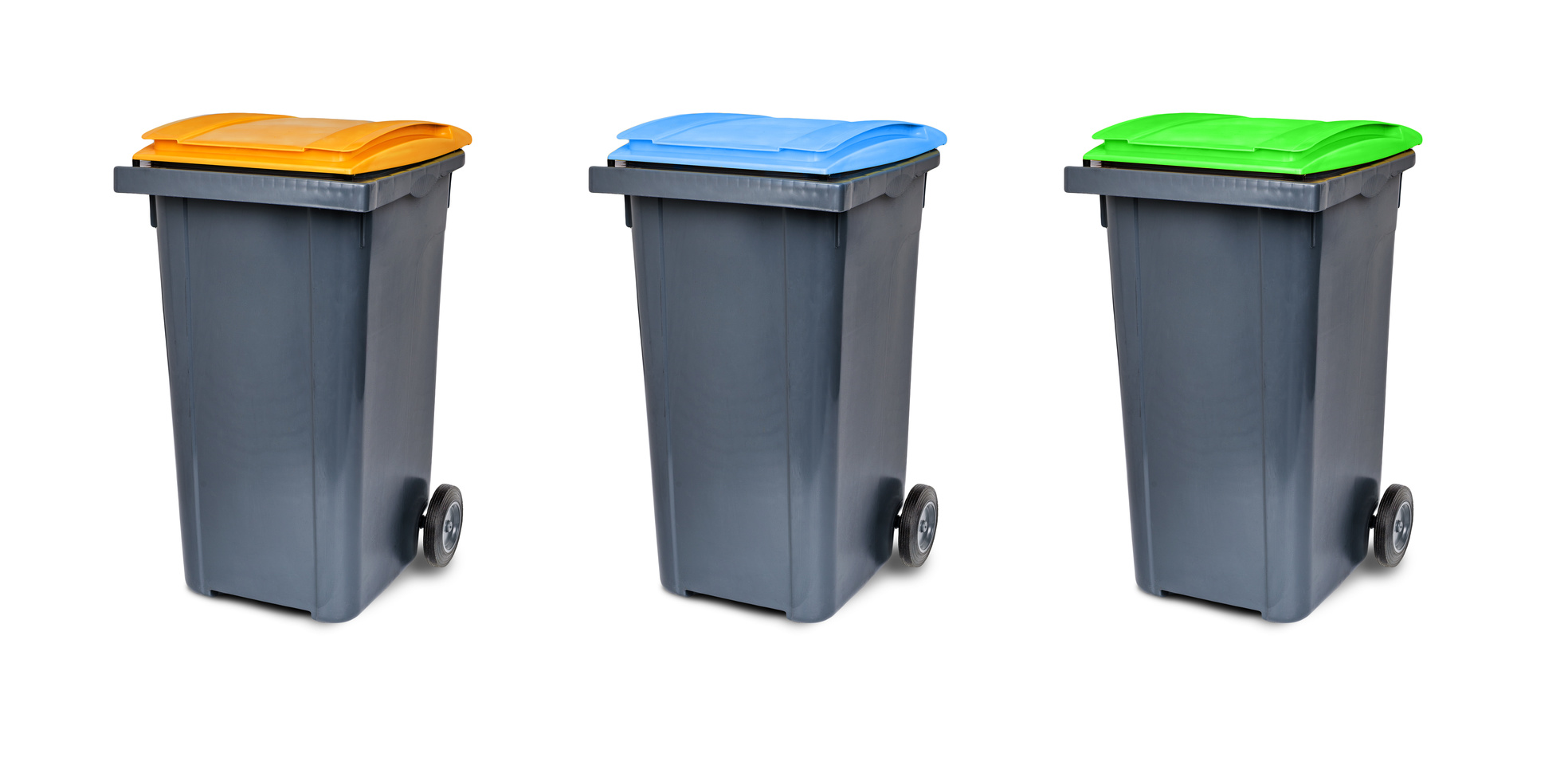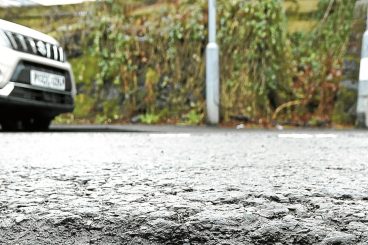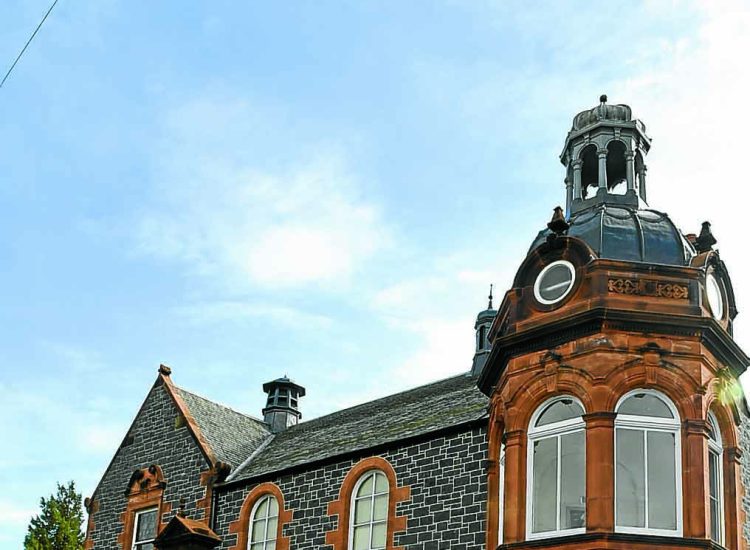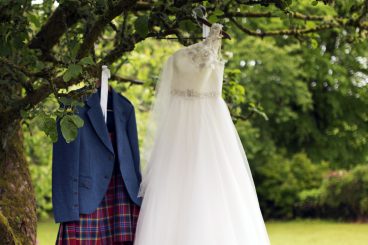AT home, at work and at play, I’m surrounded by the stuff. Plastic, of course.
Obviously I knew it was a dominant material in everyday life, but I was still surprised at just how how much I’m reliant on it.
My diary keeping kicked off on Mother’s Day when I was treated to breakfast in bed (on a plastic tray) and presented with a newspaper with the magazine encased in cellophane. The lovely flowers were also in cellophane but the children redeemed themselves with plastic free homemade cards and an Easter egg boxed entirely in cardboard.
We lunched around our new kitchen table, which I realised was laminated in plastic. Ironically, it replaced an old oak table which doesn’t fit with my revamped kitchen decor.
The in laws were invited and brought a box of chocolates wrapped in plastic and prosecco with a cork ‘en plastique’.
A cup of tea followed from the plastic kettle – even though I have a cast iron one in the cupboard for using on the Rayburn.
Soft play was on the agenda the next day and the venue we chose served up my coffee in an eco cup but the girls’ drinks were in plastic single use cups with straws.
I popped into the supermarket to get fruit and left with apples in a plastic bag, oranges in a plastic net and you can guess what the strawberry carton was made of . . . At the store, we also picked up a new top for the youngest one on a plastic hanger with plastic tags on.
Later on a friend popped in and brought a lovely cake . . . also wrapped in plastic. It would have been rude to mention it though, so I bit my tongue (and ate a large slice!)
At work I surveyed my desk with fresh eyes: the computer, chair, phone, mouse and my pen all contain plastic components. My homemade lunch was all in plastic boxes and clingfilm. Oops.
During lunch I popped into the bank to pay in some plastic coated notes and pick up some plastic change bags; and at the bakers my loaf was sealed in yet more plastic.
I have already invested in a reusable cup, so felt semi-smug about my Thursday takeaway coffee treat – although it would be better if the cup was rubber or bamboo based.
Back home and I played plastic dominoes with the kids. By now, I’m starting to look at all plastic items and consider what alternative could have been used.
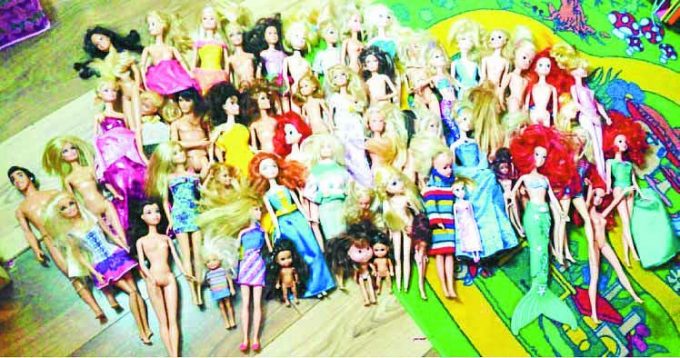
The three-year-old brought out her plastic ponies and some of our extensive Barbie collection . . . I’m ashamed to admit that at the last count we had 54 of the plasticky dolls, but some were my childhood toys and therefore from pre peak-plastic days.
Jumping into the shower I pull on a plastic shower cap and grab the shampoo and bodywash bottles . . . guess what they’re made of?
Need I go on?
After days of logging it all, I feel overwhelmed by plastic and am wondering just how easy – and costly – it would be to lead a semi-plastic free life.
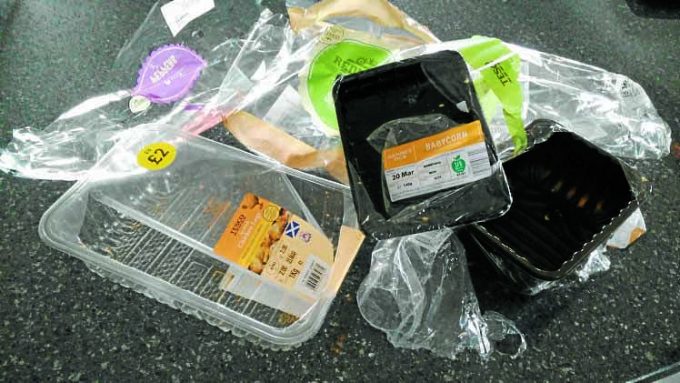
Needing advice, I turned to Boreland mum Clare Rogerson who is actively trying to cut back on plastics.
She said it was TV shows Planet Earth and Blue Plant that were the “final straw” in making all members of her family more plastic aware.
Clare said: “We were looking at cutting back our plastic anyway as it is awful to see how much comes from a regular weekly shop. Christmas was depressingly plastic heavy and it was starting to annoy me and the husband.”

So, they stopped buying pre packed fruit and veg and went from there, as she explained: “We always use refillable bottles and coffee cups anyway and I’ve stopped buying magazines in plastic or with plastic toys.
“In addition, at Christmas we went for presents that contained no or little plastic only; I use reusable sanitary products and we use locally bought shampoo bars and soaps wrapped in paper or unwrapped.”
She makes her own cleaning products from bicarbonate of soda, citric acid and vinegar and the children shun plastic straws and plastic craft materials too.
Clare added: “It’s been easier to steer clear of plastic bags on one use products as I have just gotten more organised, but some fruits and veg are hard to find out of plastic, and we use a lot of fresh produce. Veg box schemes are great if they can deliver to you. Grocers are fantastic too, but if you have to rely on a supermarket like many people in the Lockerbie area, then it is a minefield.
“Cleaning and hygiene products are the hardest to switch from and the children are naturally drawn to shiny plastic toys.”
She admitted that it has been more expensive, especially as loose food costs more, but it’s made them more aware as consumers and she said: “We consider our purchases more, buying only what we need.”
And her advice for me and others trying to cut back? “For anyone as shocked as we were I’d say make one small change, just one commitment to replace one type of plastic packaging for none or reusable. “Commit to buying groceries loose and not pre packed, when you have done that and find it easier look to another area.
“We are addicted to plastic and need to wean ourselves off it.
“Doing it all at once is incredibly difficult, but so far this year our family New Years resolution to reduce plastic is still a commitment we are working towards and one we will continue to work towards way beyond this year.”
Top tips for cutting back
JAYNE Murdoch at the Crichton Carbon Centre in Dumfries runs the Refill water bottle scheme in the area. It is trying to engage the public to reduce their plastic waste, specifically plastic water bottles.
She said: “Refill D&G is a practical campaign to make Dumfries and Galloway a region in which refilling your reusable water bottle becomes a cultural norm, with Refill points in every corner of our region at cafes, retailers, hotels and businesses.”
So far over 70 businesses and organisations locally have signed up and an app detailing them all is being well used.
We asked Jayne for her top tips on other ways of reducing single use plastic:
1. If you like a coffee on the go get yourself a refillable coffee cup. These are much nicer to drink from and lots of coffee shops will offer you a discount for bringing your own.
2. Most facial wipes have plastic in them. A muslin cloth with some face wash is much better.
3. Ditch the cling film and buy (or make your own) beeswax wraps. You can use them again and again, and they look great!
4. Shop at stores that sell loose fruit and veg and choose that over pre-packed. Try to shop at places that are happy for you to use your own tubs for meat etc too.
5. Say no to plastic straws at home or in bars and restaurants, a great alternative are glass or paper straws.
7. Cotton buds are a big single use pest but can now be replaced by cardboard cotton buds.
8. And finally get yourself a refillable water bottle and download the Crichton Carbon Centre’s Refill app showing where you can fill up for free.





